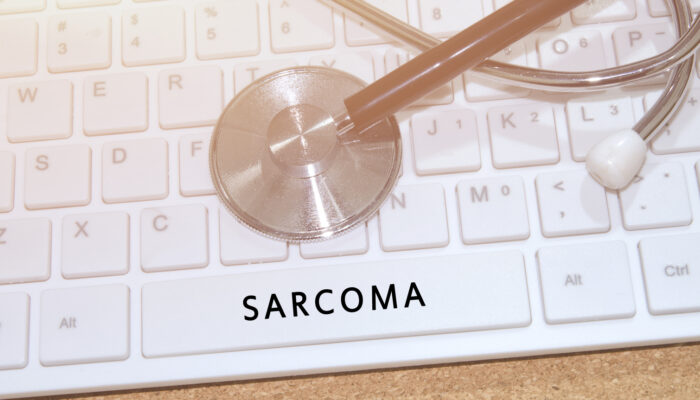
Types and treatments for spinal muscular atrophy
A group of genetic disorders that leads to an individual losing control of the movements in their muscles is known as spinal muscular atrophy (SMA). This loss of control occurs due to a loss of nerve cells in the individual’s brain stem and spinal cord.
Spinal muscular atrophy is a type of motor neuron disease. While there are no medications to cure the condition, some FDA-approved medicines are capable of slowing down the progress of this condition. The different types of this condition are as follows:
- Spinal muscular atrophy type 1
This is also known as Werdnig-Hoffmann disease and usually affects a child before they complete 6 months. If appropriate treatment is not given, breathing problems induced by the condition can be fatal. Newer treatments such as disease-modifying therapies (DMT) have come to light; they can help children with SMA type 1 walk and sit. - Spinal muscular atrophy type 2
This condition usually affects children between the ages of 6 and 18 months. The affected person can learn to sit but standing and walking are challenging. Appropriate treatments should be given to retain the ability to sit. Treatment with disease-modifying therapies can be helpful as well. - Spinal muscular atrophy type 3
This condition is also known as Kugelberg Welander syndrome and appears at the age of 18 months. Scoliosis and contractures, a condition which shortens the muscles or tendons, can occur as well. However, appropriate treatments including disease-modifying therapies can help the patient lead a normal life span. - Spinal muscular atrophy type 4
This condition would begin after the age of 21 and will lead to moderate proximal weakness, affecting the muscles nearest to the center of the body.
The two medications that have been approved by the FDA for the treatment of spinal muscular atrophy are as follows:
- SPINRAZA
All types of SMAs can be treated with this medicine. The initial dosage suggested is four doses for 2 months. Once this period is over, the medicine will be given once every 4 months for maintenance.
This medicine targets the underlying RNA present in the body by influencing its production. SPINRAZA falls in the category of antisense oligonucleotides (ASO) and slows the progression of SMA. This medicine can further lower muscle weakness in individuals. However, different people process this medicine in different intensities.
- ZOLGENSMA
This medicine falls under the category of gene therapy which is used for the treatment of infants below the age of 2 years. It is given in the form of an infusion in a single dose.
While only two medications are approved by the FDA for the treatment of SMA, many other medicines are currently in the pipeline for the treatment. With the advancement of science, new medicines and therapy options can bring more light into the condition and its treatment.



